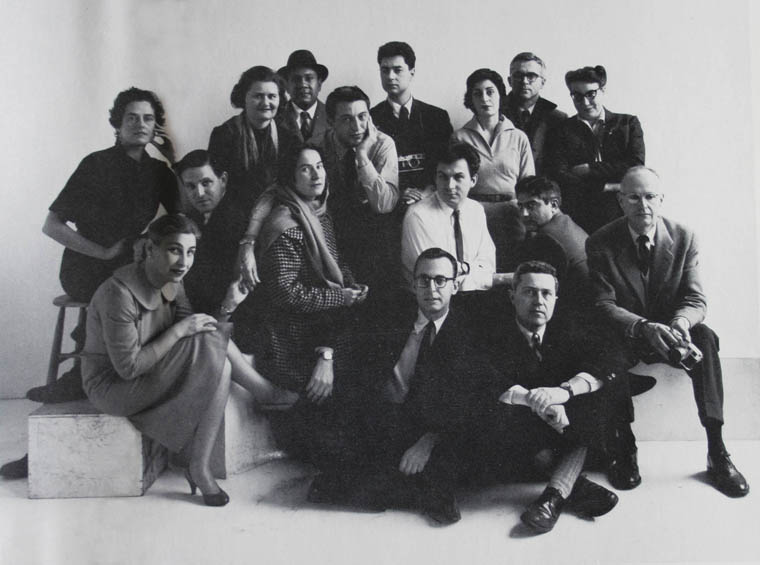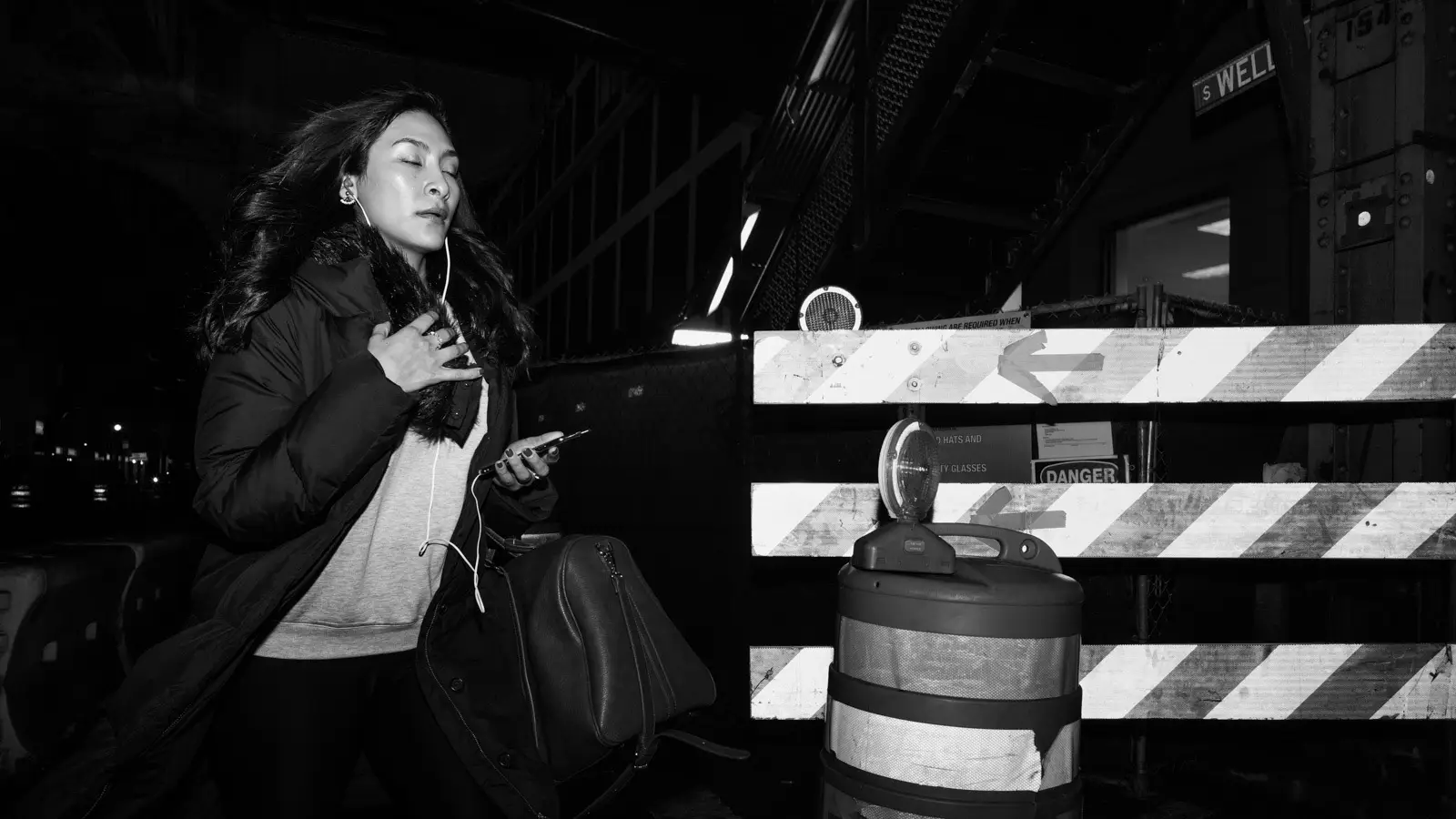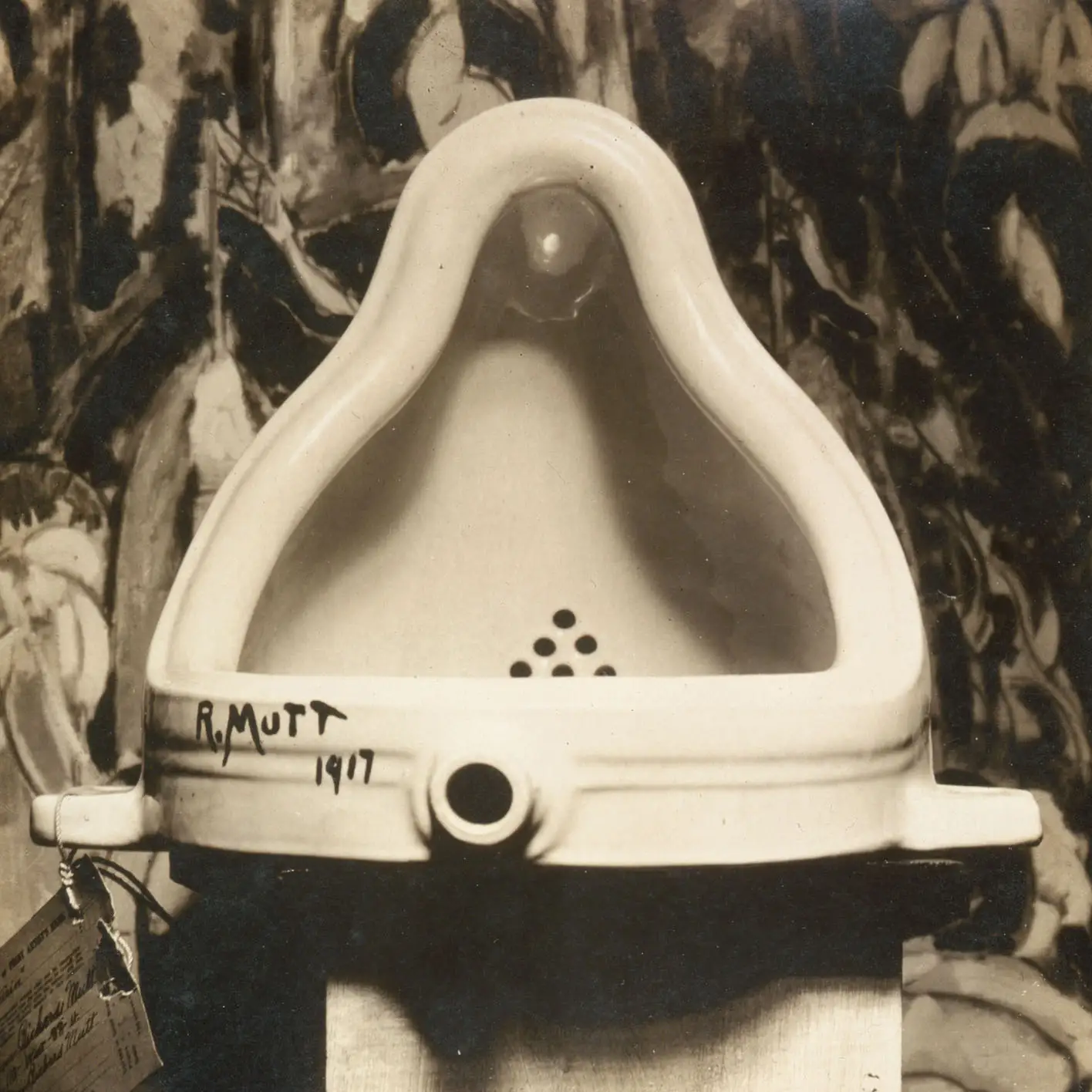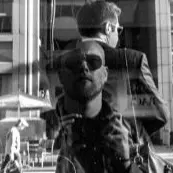Edgar de Evia
Born Edgar Domingo Evia y Joutard (July 30, 1910) in Mérida, Yucatán, he was the product of an aristocratic union between a French pianist mother and wealthy landowner Mexican father. De Evia arrived in New York City at the age of two.
He began his career not in photography but rather in medicine as a research assistant to Dr. Guy Beckley Stearns, a homeopathic physician. Their original essay, “The New Synthesis,” broke new ground in homeopathy and was later expanded into a well-respected book.
However, this relationship changed the world in another way: the doctor gave Edgar de Evia his first camera, a Rolleiflex, and instructed him in its use. The two went for lunchtime walks through Central Park during which Beckley explained that a good photographer had to learn how to be the brain of the camera, seeing what the lens saw and choosing its subjects selectively. Beckley taught Edgar about how to find a perspective to affect the viewer.
One of his first known works, a black and white portrait of his father, became a fixture in his life and always remained in a large silver frame inside his home.
Edgar de Evia’s Early Photography
Little did the doctor suspect how this auspicious gift would transform not only de Evia’s life but the greater realm of photography. Edgar began his photography career around 1940 when Baron Nicolas de Gunzburg granted him his first assignment for Town & Country magazine.
In his early work, he became known for his “tissot” effects, the use of soft focus and diffusion. In the 1957 publication Popular Photography Color Annual, he became known as a “master of still life.” Edgar de Evia’s black & white work, interspersed among several color photographs, received praise from The New York Times in an article that stated “[this work] serves as a reminder that black and white still has a useful place, even in a world of color, often more convincingly as well.”
However, one of de Evia’s most famous pieces from this time period, a true exemplar of his diffusion and soft focus techniques, arrived in splendid color in 1969. It’s a picture of the World Trade Center under construction with his partner, David McJonathan-Swarm, in the foreground. By this time, de Evia used fixed glass slides to obtain a predictable result in his work.
The Height of Edgar de Evia’s Career
With his work appearing in Vogue, Architectural Digest, Glamour, Harper’s Bazaar, New York Magazine and many other famous publications, de Evia became a popular and well-respected photographer. The celebrated fashion photographer Melvin Sokolsky credits de Evia with being one of his earliest influences, especially when he learned that Edgar had been paid $4,000 for a single Jell-O ad.
In 1968, Edgar de Evia founded a catalogue-photography company and served as creative director, producing photographs for department store catalogs. Whether de Evia focused on art or advertising, his contemporaries held him in high esteem. As William A. Reedy, editor of Applied Photography, said in a 1970 interview: “To fashion accounts, he has been known as a fashion photographer, while food people think of him as a specialist in still life.” His subjects also included automobiles (a particular passion of his throughout his life), drinks, furniture and, of course, people.
The Models of Edgar de Evia
De Evia photographed every top fashion model between 1940 and 1990. One of his most famous works depicts the world’s first supermodel, Lisa Fonssagrives, inside his historic residence, the Rhinelander Mansion in New York. He often rented out parts this building in the 1950s and 1960s as studios and offices. Several of his own photographs use this stunning backdrop.
Edgar de Evia’s Legacy
de Evia died February 10, 2003, at the age of 92, when he contracted pneumonia after breaking his hip. His ashes were interred in the Little Church Around the Corner in New York City. Even through his later years, the artist never lost his love of photography. David McJonathan-Swarm recalled that well into his eighties de Evia would ride his bicycle with a backpack carrying his camera to an experimental photo shoot somewhere. He never gave up his search for fascinating images. The Tissot-like effects he perfected in the 1940s continue to inspire photographers today.



